The Euclid Space Telescope Captures a Rare, Stunning Einstein Ring
Sometimes, things across the vast Universe line up just right for us. The Einstein Ring above, like all Einstein Rings, has three parts. In the foreground is a distant massive object like a galaxy or galaxy cluster. In the background, at an even greater distance away, is a star or another galaxy. We’re the observers, … Continue reading "The Euclid Space Telescope Captures a Rare, Stunning Einstein Ring" The post The Euclid Space Telescope Captures a Rare, Stunning Einstein Ring appeared first on Universe Today.

Sometimes, things across the vast Universe line up just right for us. The Einstein Ring above, like all Einstein Rings, has three parts. In the foreground is a distant massive object like a galaxy or galaxy cluster. In the background, at an even greater distance away, is a star or another galaxy.
We’re the observers, the third part, and all three must be perfectly aligned for an Einstein Ring to appear.
An Einstein Ring (ER) works by gravitational lensing. The massive foreground object has such powerful gravity that it bends space-time, which means the light from the distant object follows a curved path. The light is magnified and shaped into a circle.
Einstein Rings are intriguing visual oddities, but they’re also powerful, naturally occurring scientific tools.
“All strong lenses are special, because they’re so rare, and they’re incredibly useful scientifically.”Conor O’Riordan, Max Planck Institute for Astrophysics, Germany
In this ER, the massive foreground object is the galaxy NGC 6505, which is warping spacetime around it. The galaxy is not unique—it just happens to be massive and about 600 million light-years away.
The background galaxy is also not particularly special. It’s 4.42 billion light years away, has never been seen before, and doesn’t even have a name. We’re only seeing it because of the alignment between both galaxies and us.
The ESA launched Euclid in July 2023, and its job is to measure the redshift of galaxies. In doing so, it can measure the expansion of the Universe so we can hopefully make progress in understanding dark energy and dark matter.
After launch, Euclid went through a testing phase and sent images back to us. For testing reasons, they were deliberately out of focus. Bruno Altieri, a scientist on the Euclid team, thought he saw something unusual in one of the images.
“I look at the data from Euclid as it comes in,” Bruno explained in a press release. “Even from that first observation, I could see it, but after Euclid made more observations of the area, we could see a perfect Einstein ring. For me, with a lifelong interest in gravitational lensing, that was amazing.”
Astronomers have observed NGC 6505, the foreground galaxy, many times, but they’ve never seen the ring before. After Altieri spotted the ring, Euclid’s high-resolution instruments captured follow-up images of it with the ring in focus. The instruments are VIS, the Visible light camera, and NISP, the Near-Infrared Spectrometer and Photometer.
“This demonstrates how powerful Euclid is, finding new things even in places we thought we knew well.”Valeria Pettorino, ESA Euclid Project Scientist.
“I find it very intriguing that this ring was observed within a well-known galaxy, which was first discovered in 1884,” says Valeria Pettorino, ESA Euclid Project Scientist. “The galaxy has been known to astronomers for a very long time. And yet, this ring was never observed before. This demonstrates how powerful Euclid is, finding new things even in places we thought we knew well. This discovery is very encouraging for the future of the Euclid mission and demonstrates its fantastic capabilities.”
Research based on Euclid’s findings was published in the journal Astronomy and Astrophysics. It’s titled “Euclid: A complete Einstein ring in NGC 6505.” The lead author is Conor O’Riordan of the Max Planck Institute for Astrophysics in Germany.
“An Einstein ring is an example of strong gravitational lensing,” explained O’Riordan. “All strong lenses are special, because they’re so rare, and they’re incredibly useful scientifically. This one is particularly special, because it’s so close to Earth and the alignment makes it very beautiful.”
“The combination of the low redshift of the lens galaxy, the brightness of the source galaxy, and the completeness of the ring make this an exceptionally rare strong lens, unidentified until its observation by Euclid,” the authors write in their paper. The researchers used Euclid’s instruments and the Keck Cosmic Web Imager (KCWI) to observe the ring. “The Euclid imaging, in particular, presents one of the highest signal-to-noise ratio optical/near-infrared observations of a strong gravitational lens to date.”
Strong lenses like this one allow astronomers to study the background galaxy, which would otherwise be impossible. These lenses also hold information about the expansion of the Universe, dark energy, and dark matter. “Strong lenses can be used as ‘cosmic telescopes’ to achieve higher spatial resolution when studying the lensed sources, and to test general relativity,” the authors explain in their research.
The authors also point out that studying the lens itself is also beneficial. “The most prevalent application of galaxy-scale strong lensing is in studying the lens itself, which is most often an early-type galaxy (ETG),” they write. All elliptical galaxies are considered early-type galaxies.

“Low redshift lenses are intrinsically rare because there is very little volume at low redshift,” the researchers explain in their paper. “That we observed one in the early days of Euclid is unremarkable, but for it to be an obvious strong lens is quite exceptional.”
Euclid’s mission is scheduled to last six years. The researchers say that while the spacecraft will find more Einstein rings during its mission, as many as 100,000, it will likely never find another one like this. “The exceptional nature of Altieri’s lens means it is unlikely that Euclid will find another lens below z?=?0.05 with a ring as bright as that observed here,” they explain.
The lens’ low redshift makes it exceptionally valuable scientifically. Only five others have similar low redshifts. “Strong lenses at low redshift have Einstein radii that are comparatively small in physical terms and allow for a detailed study of the composition and structure of the central region of the galaxy,” the authors write.
The researchers were able to determine the lens galaxy’s peculiar velocity, an important step in understanding Universal expansion, dark matter, and dark energy. They were also able to model its light profile in detail.
The paper is open access and interested readers can find more info there.
Press Release: Euclid discovers a stunning Einstein ring
Published Research: Euclid: A complete Einstein ring in NGC 6505
The post The Euclid Space Telescope Captures a Rare, Stunning Einstein Ring appeared first on Universe Today.










































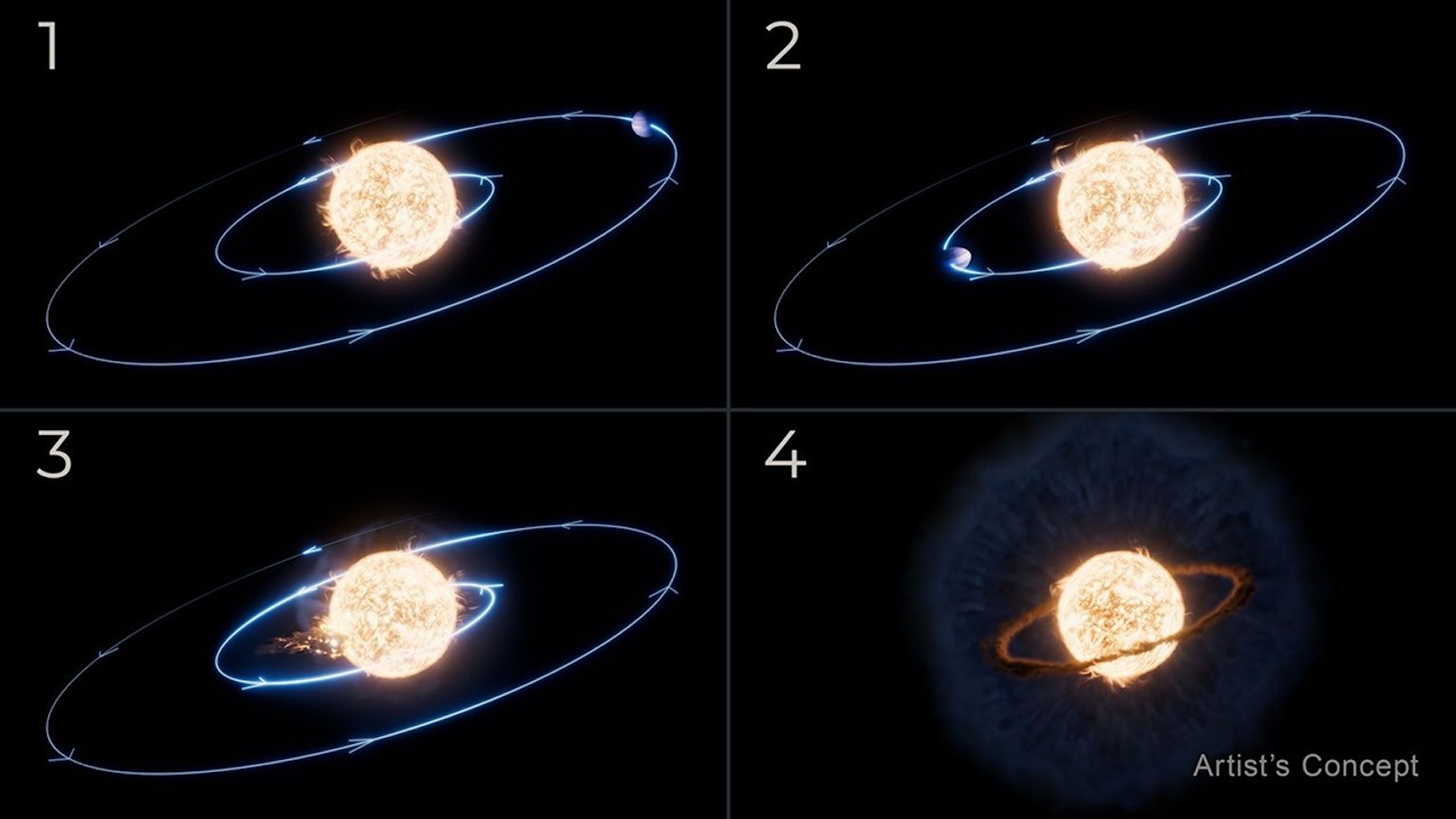






























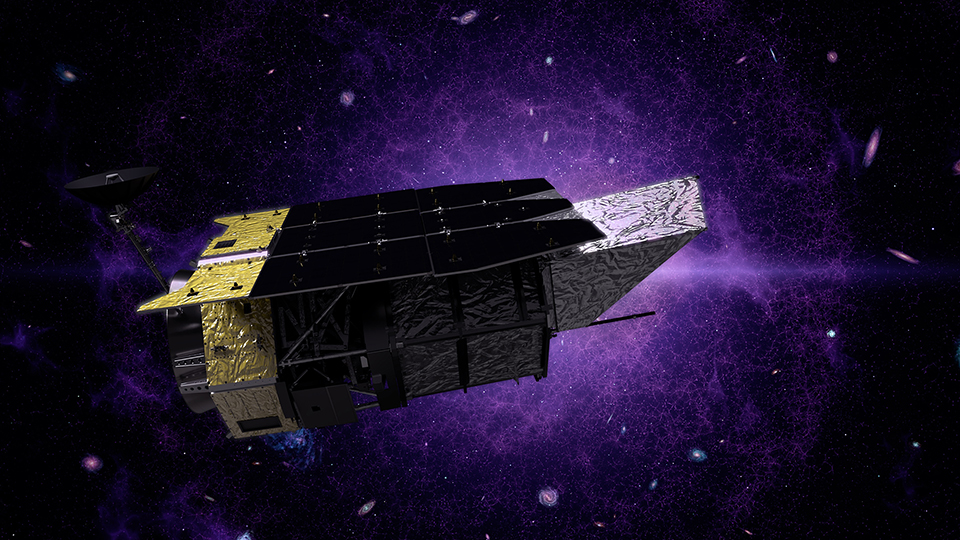




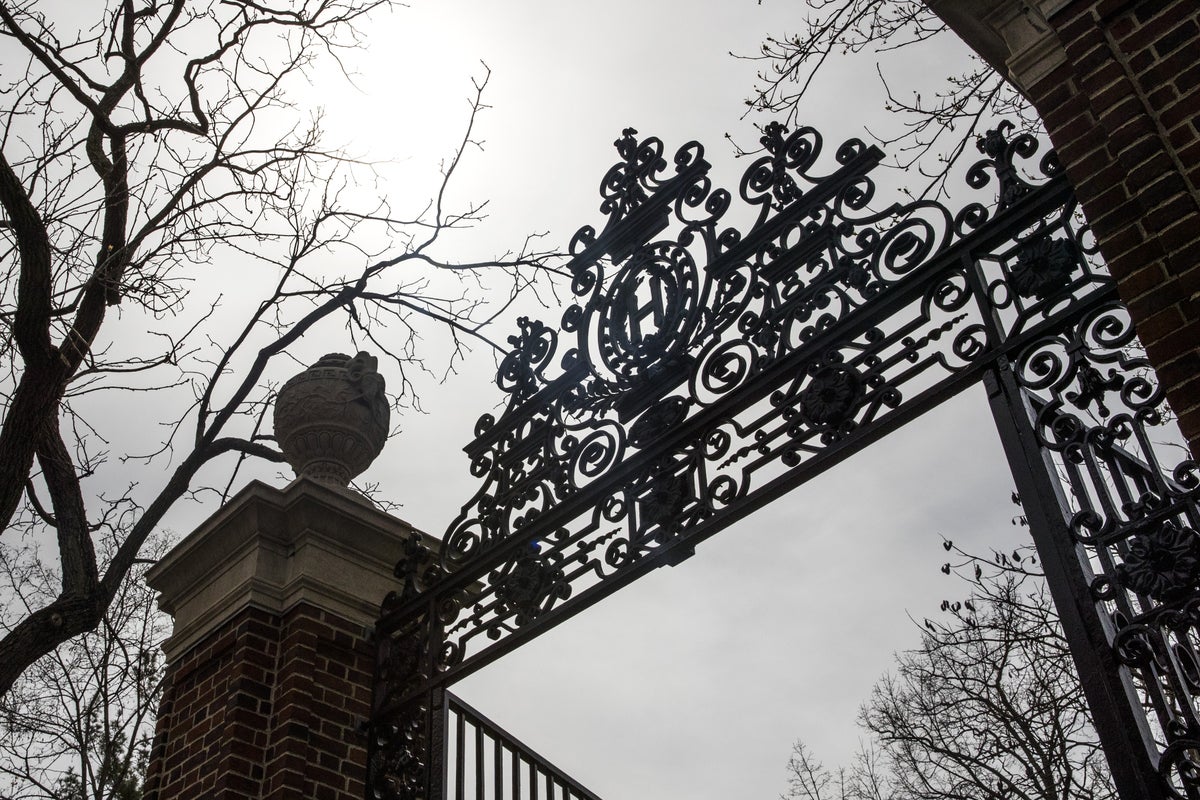

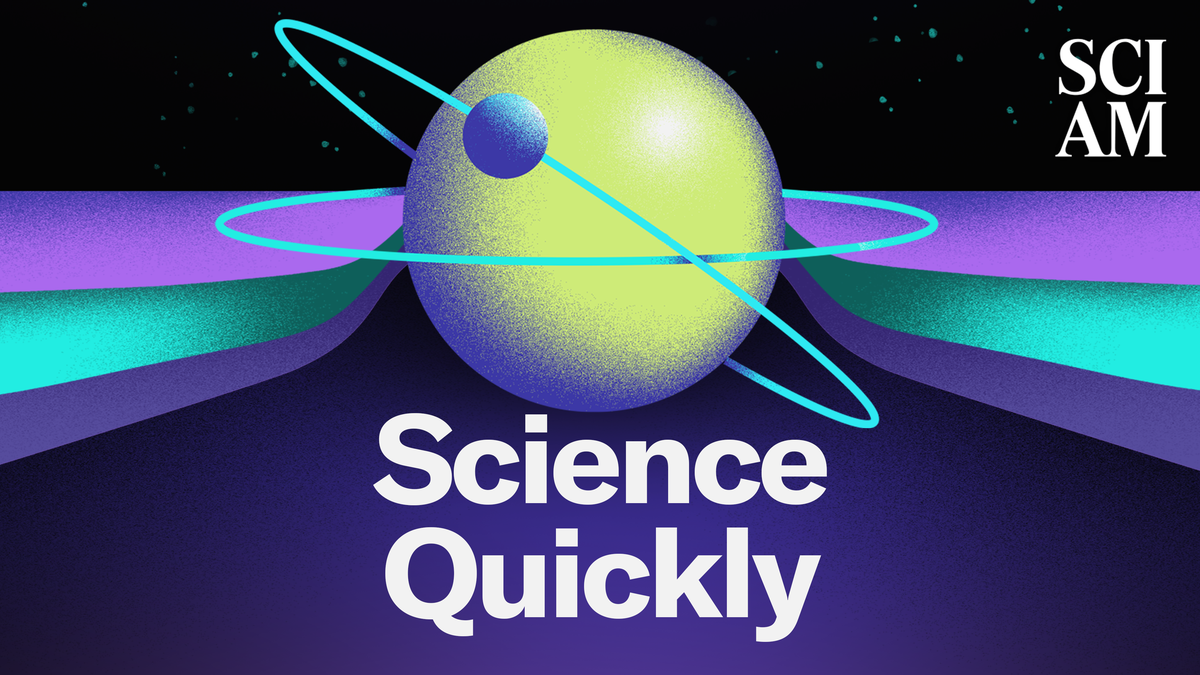

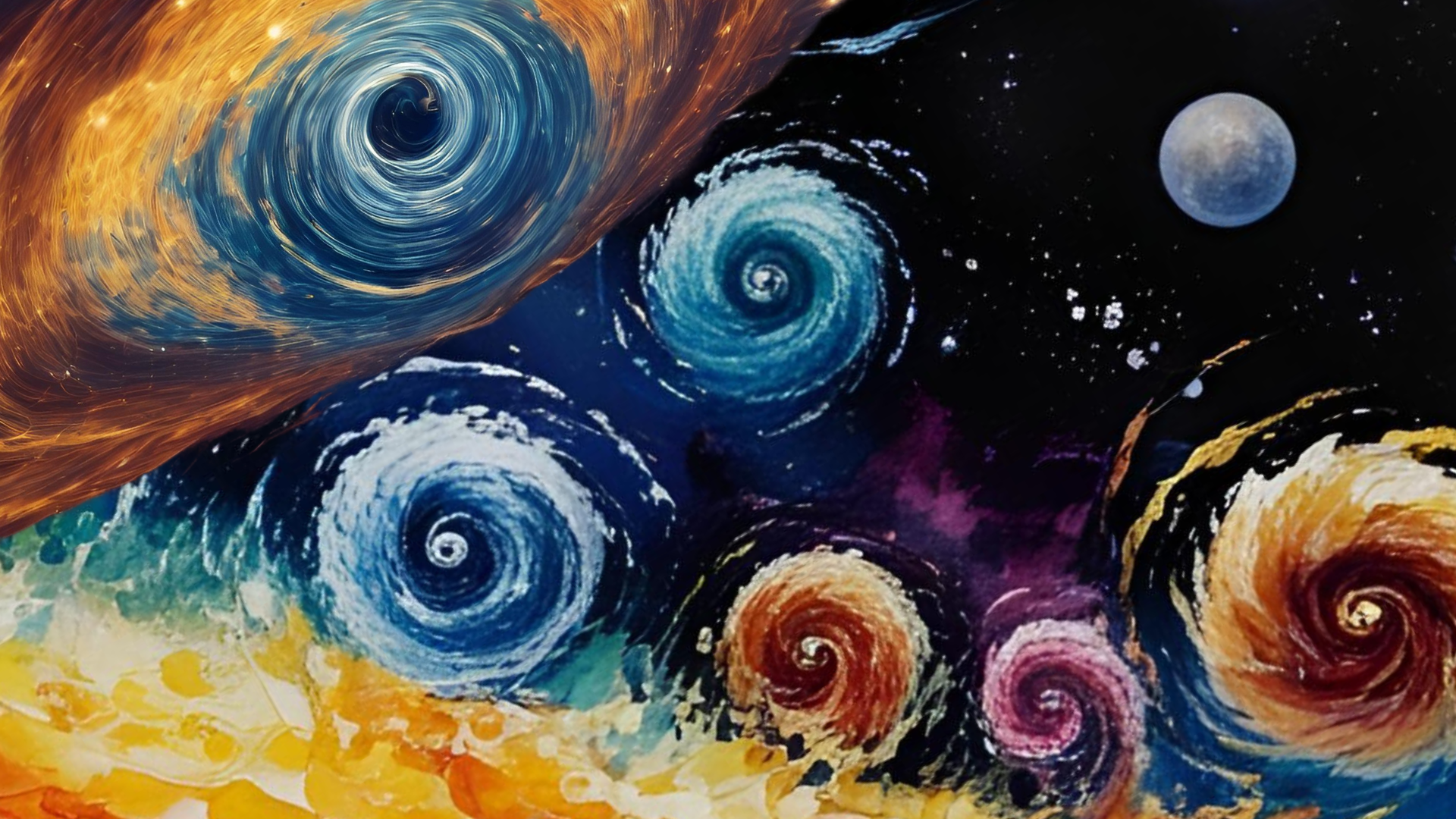

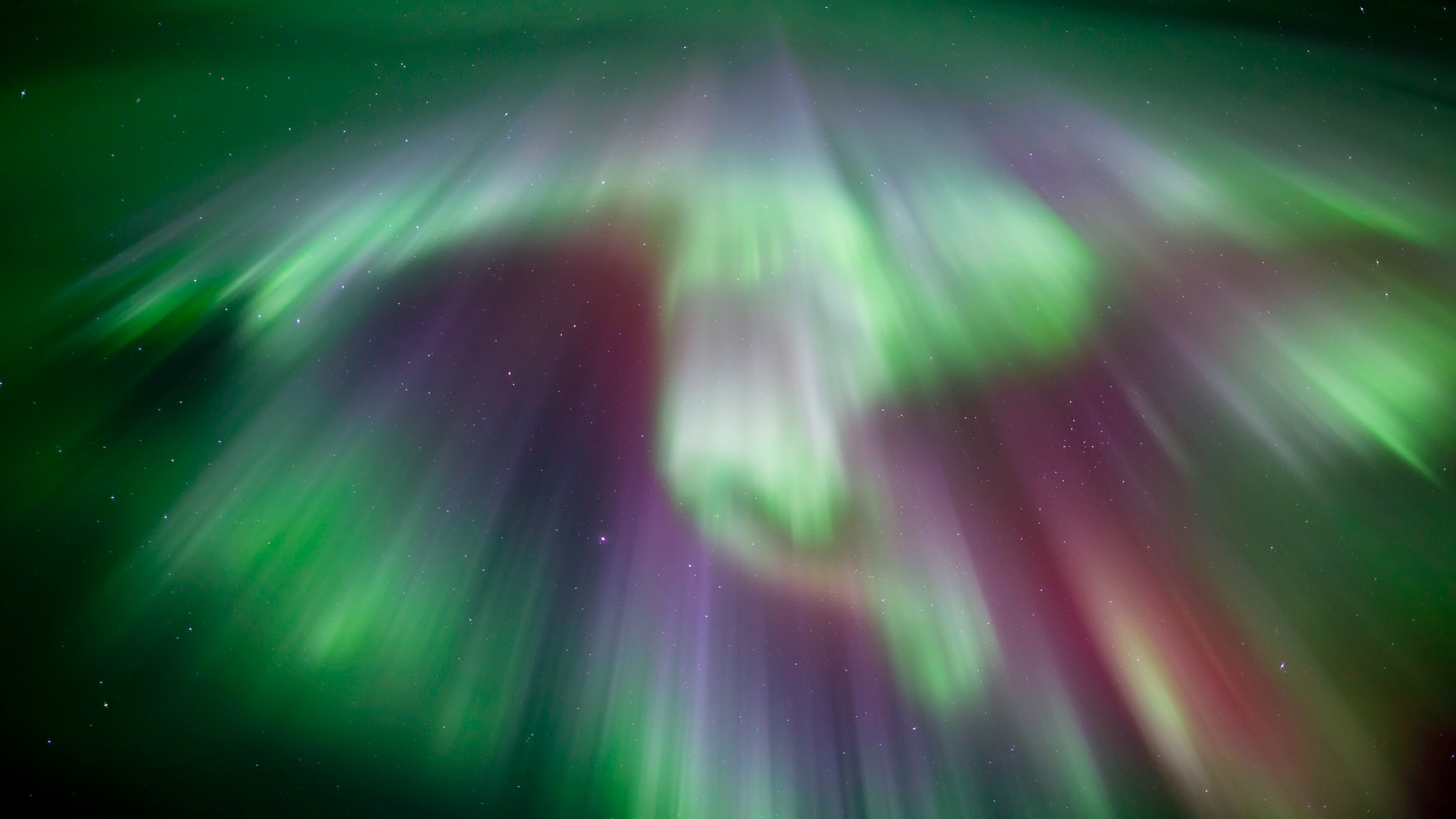




































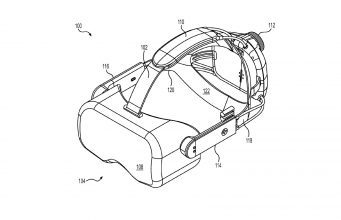



![The breaking news round-up: Decagear launches today, Pimax announces new headsets, and more! [APRIL FOOL’S]](https://i0.wp.com/skarredghost.com/wp-content/uploads/2025/03/lawk_glasses_handson.jpg?fit=1366%2C1025&ssl=1)















